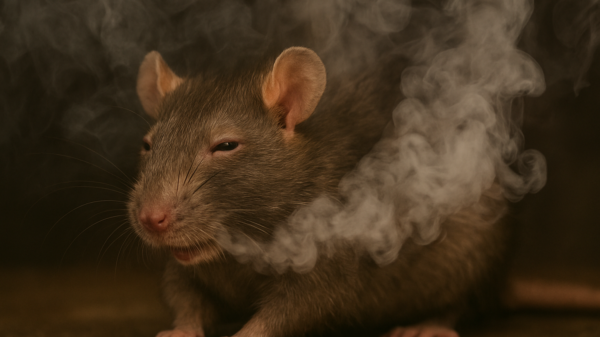Last week, President Joe Biden made a historical announcement that his administration would reclassify cannabis from a Schedule I drug to a Schedule III, a move that many in the industry thought long coming.
“President Biden has been clear: No one should be in jail just for using or possessing marijuana,” National Drug Control Policy (ONDCP) Director Rahul Gupta said. “Sending people to prison for possessing marijuana has upended too many lives and has led to needless barriers to employment, housing, and education.”
What does this mean for the cannabis industry in the U.S.? And how far has the industry come since cannabis was first brought to the US? First, let’s look at what Schedule I to III means.
Schedule I to Schedule III
The DEA (Drug Enforcement Agency) has drugs classified into five separate categories depending on the medical use, and the abuse potential. Schedule I has the least medical use and the highest potential for abuse, and Schedule V has the most and lowest respectively.
That puts cannabis in the same class as heroin, an opioid and a leading cause of drug overdoses. Cannabis was also classified as more dangerous than Schedule II’s fentanyl, which is responsible for nearly 70% of all fatal overdoses in adults 18 to 45 years old.
The U.S. Justice Department’s move to reclassify cannabis from Schedule I to Schedule III is the biggest drug reform in 50 years. Other Schedule I drugs include heroin, LSD, and ecstasy while Schedule III drugs include Tylenol with codeine, anabolic steroids, and ketamine.
Read more: Historic cannabis rescheduling imminent in the U.S., multiple sources say
Read more: Overwhelming majority of Americans favor cannabis legalization, Pew poll finds
Honored to speak at the Harvard and McLean Hospital Addictions 2024 Conference today.
The Biden-Harris Administration has devoted unprecedented resources to beating the opioid crisis, and we’re working tirelessly to ensure communities have the support they need to save lives. https://t.co/5BXdKrtVDy
— Rahul Gupta (@DrGupta46) May 17, 2024
History and legalization of cannabis in the U.S.
There are numerous stories of how weed got brought to the U.S. One theory is that weed production started in the Colonial Era in the 1600s when domestic production of hemp was encouraged for the production of fibers for ropes, textiles, and clothing.
The hemp industry flourished until after the Civil War when imports replaced hemp. It wasn’t until the 19th century that marijuana was included in many medicinal products and sold openly. The use of hash (the resin extract from cannabis plants) was also slowly picking up steam.
After the Mexican Revolution of 1910, immigrants flooded into the U.S. and introduced the recreational use of marijuana. Cannabis quickly became associated with immigrants, the violent crimes that came with the industry, and causing much prejudice against the Spanish-speaking.
The public outcry and government concerns led to the Marijuana Tax Act of 1937, effectively making marijuana illegal and limiting possession of the drug to only individuals who have paid tax for authorized medical and industrial uses.
Cultural change
In the 1960s, a cultural climate change caused more lenient attitudes towards marijuana, especially when reports commissioned by Kennedy and Johnson found that the drug wasn’t responsible for violence nor led to the use of more dangerous drugs.
By the 1970s, Congress repealed most of the mandatory sentences for cannabis and the the Comprehensive Drug Abuse Prevention and Control Act classified the drug separately from other narcotics, and drug offenses had reduced penalties.
However, in 1976, led by a group of conservative parents, a nationwide movement emerged to lobby for stricter regulation. This led to Reagan’s “War on Drugs” in 1980, where three related drug offenses could land you a life sentence. This war continued under George Bush in 1989.
Yet, a major shift in public perception was under way, and in 1996, California passed the historic Proposition 215, allowing the sale and use of medical marijuana for patients with conditions such as cancer and AIDS. Oregon, Alaska, and Washington soon followed two years later.
In 2012, Colorado and Washington became the first two states to legalize pot for recreational use. Today, 38 of the 50 have legalized cannabis for medical use and 24 states for recreational use. Although cannabis is still federally illegal, with the new reclassification of the drug from Schedule I to III, the industry took an important step toward nationwide legalization.













